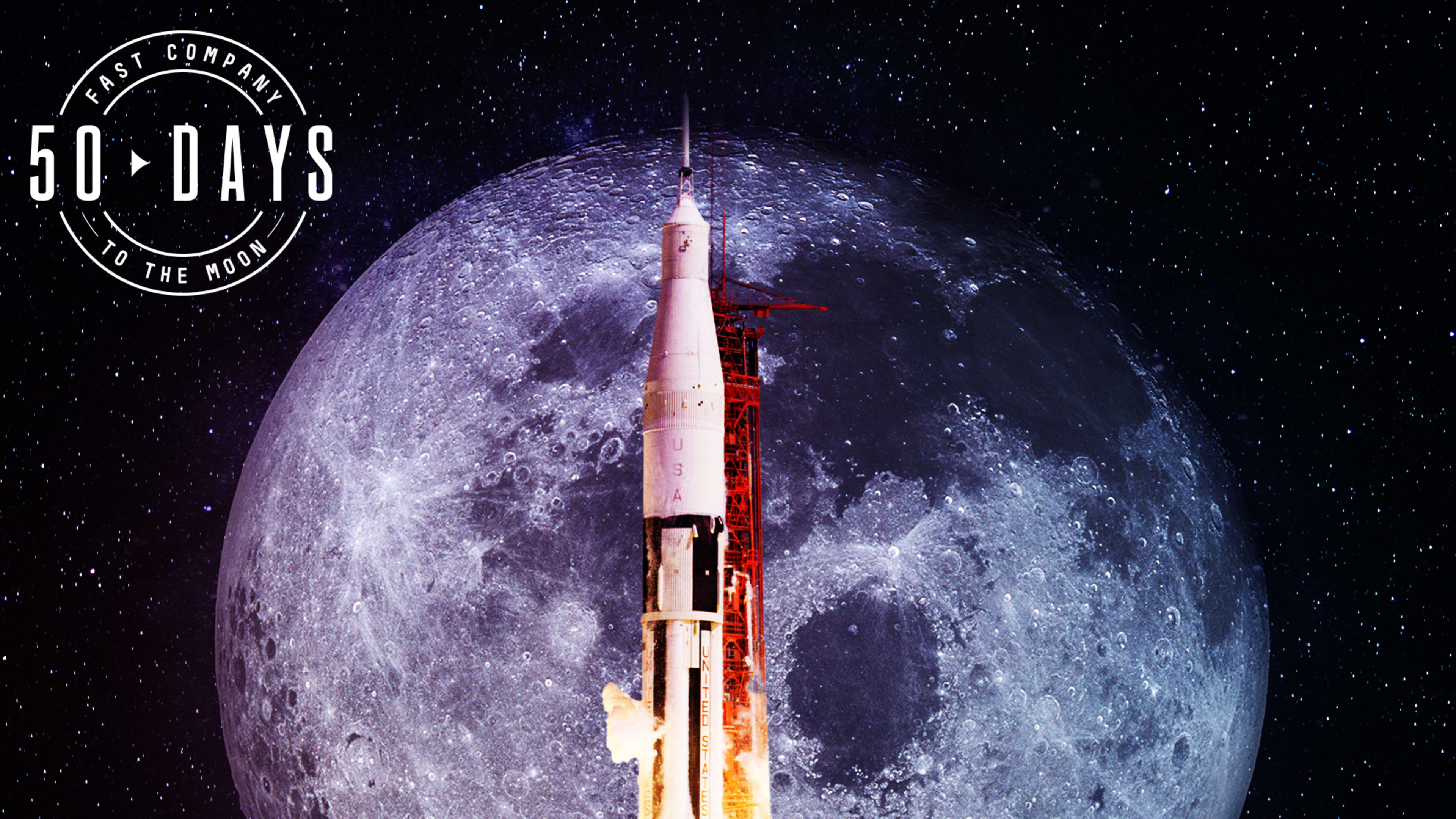This summer, on July 20, we will mark the golden anniversary of the first-ever Moon landing, and we’ll do so at a moment for space exploration that may turn out to surpass the 1969 original.
The race to the Moon in the 1960s was a stunning achievement of technology, engineering, and politics–by some measures, one of the great achievements of human history. It changed the world we live in today, even if it didn’t inaugurate an era of routine space travel.
The space race this time aims to do just that, to lay the infrastructure for life in space, and for a zero-gravity economy. In many ways, it’s bigger than the first space race.
Among the world’s superpowers, there’s a renewed interest in space as the playing field for geopolitics. In January, the Chinese government’s ambitious space program landed a spaceship on the far side of the Moon, an unprecedented feat. In March, Vice President Mike Pence gave a speech announcing the United States’ determination to return astronauts to the Moon by 2024–giving NASA five years to do a second time what it took eight years to do the first time. (Nine months earlier, the Trump Administration first signaled its intention to create a sixth branch of the military, the Space Force, which was also unprecedented in that the world’s nations had agreed as early as 1958 that space should exclusively be a peaceful province.) India, soon to be the world’s fifth-largest economy, has a planned July launch of a lunar craft that would explore the Moon’s South Pole and make it just the fourth country to “soft land” on the Moon’s surface.
Even more compelling are the companies driving to create modern space transportation at one-tenth what it costs to get into space now. Most prominent are Jeff Bezos’s Blue Origin and Elon Musk’s SpaceX, both of which are creating rockets that work more like a passenger jet than an Apollo Saturn V, and they’re winning contracts from NASA and from private companies because their rockets work. Just a few weeks ago, Bezos unveiled a Blue Origin lunar lander, as well as his utopian vision for space colonies that could house up to one trillion people. Even if one is skeptical of interplanetary living, if Bezos and Musk succeed in changing the economics and pace of space travel, it will unleash a “zero gravity economy” akin to how high-speed internet and smartphones unleashed a mobile economy we never could have imagined.
As we approach the anniversary of the first Moon landing, what’s remarkable is how much we’ve forgotten about the effort. As a society, we know that in 1961 President John F. Kennedy set forth the audacious goal of getting to the Moon by the end of the decade, and we know that Neil Armstrong was the first person to set foot on the lunar surface in July 1969.
What we’ve lost is everything in between, the fascinating details of the effort that took us from dream to reality. Did you know that we knew so little about space at the time of Kennedy’s speech that we didn’t know for sure if our brains would work in space?
We didn’t get the Jetsons, as some people dreamed, but the eight years between President Kennedy’s challenge and the actual Moon landing produced an unprecedented blossoming of innovation, creativity, public attention (and then public inattention), innovative management, intensity, suspense, discovery, and politics. We think we went to the Moon and all we got was Tang and Velcro, because we’ve lost the perspective of how the Apollo project laid the foundation for the digital age in which we now live and work.
In this moment when government is viewed by so many Americans as being unable to dream as big as it did in the 1960s, whether the dream is traveling the solar system or forestalling the calamitous effects of climate change, understanding how NASA got us to the Moon the first time is both important and inspirational. The Apollo Moon landings were an extraordinary undertaking, but they were the work of ordinary people back on Earth. We need exactly that kind of effort to tackle some of the problems we face today, from economic inequality to climate change. The Moon can show us the way.
We still use the phrase “If we can put a man on the moon . . . . ” as a spur to tackle our Earth-bound problems. The phrase may have the air of a cliche, but it captures that sense of boundless ambition inherent in pursuing what was once thought impossible. There’s a reason, after all, we call those ideas moonshots.
Charles Fishman, who has written for Fast Company since its inception, has spent the last four years researching and writing One Giant Leap, a book about how it took 400,000 people, 20,000 companies, and one federal government to get 27 people to the Moon. (You can pre-order it here.)
For each of the next 50 days, we’ll be posting a new story from Fishman–one you’ve likely never heard before–about the first effort to get to the Moon that illuminates both the historical effort and the current ones. New posts will appear here daily as well as be distributed via Fast Company’s social media. (Follow along at #50DaysToTheMoon).
Recognize your brand’s excellence by applying to this year’s Brands That Matter Awards before the early-rate deadline, May 3.
